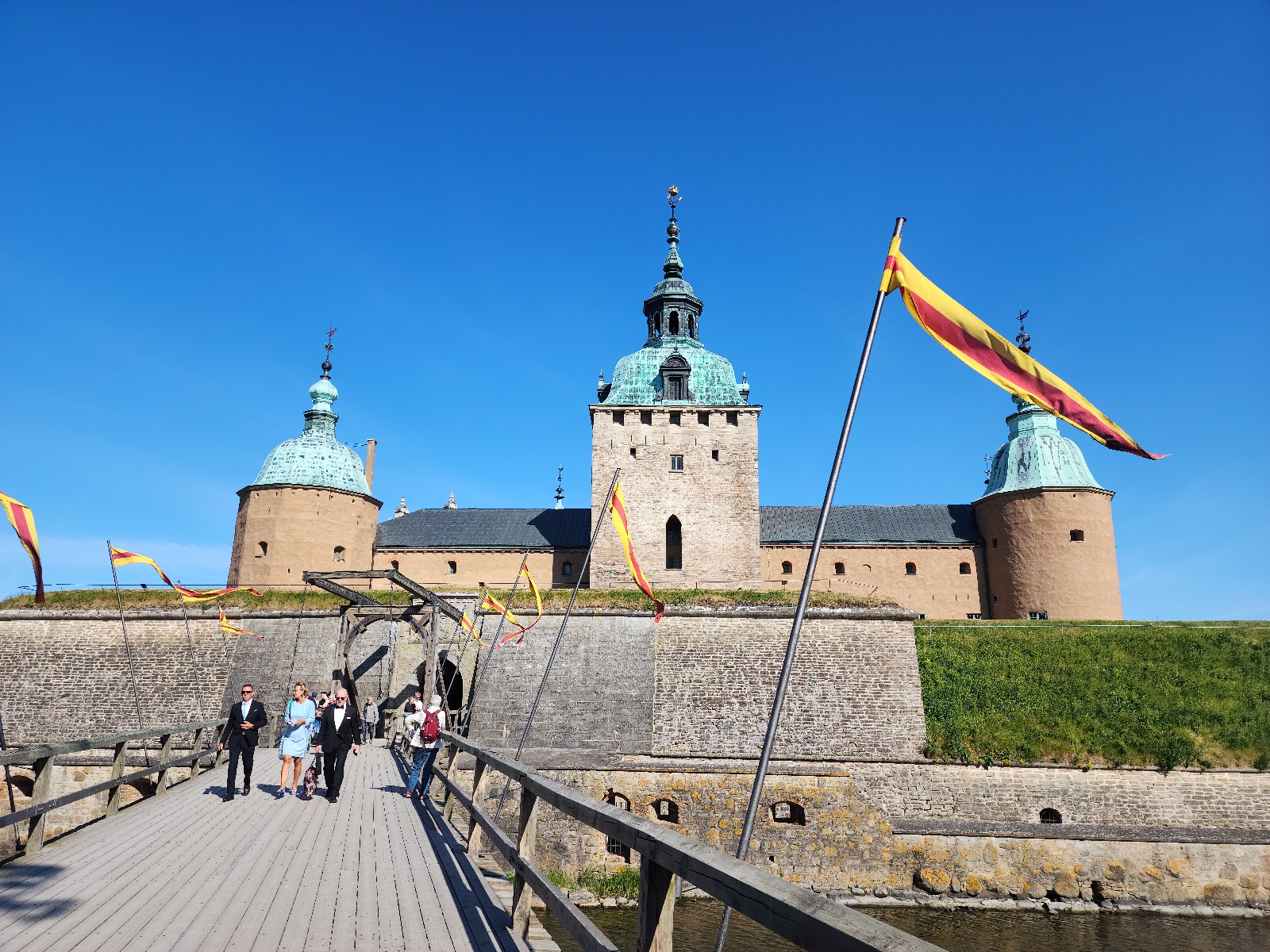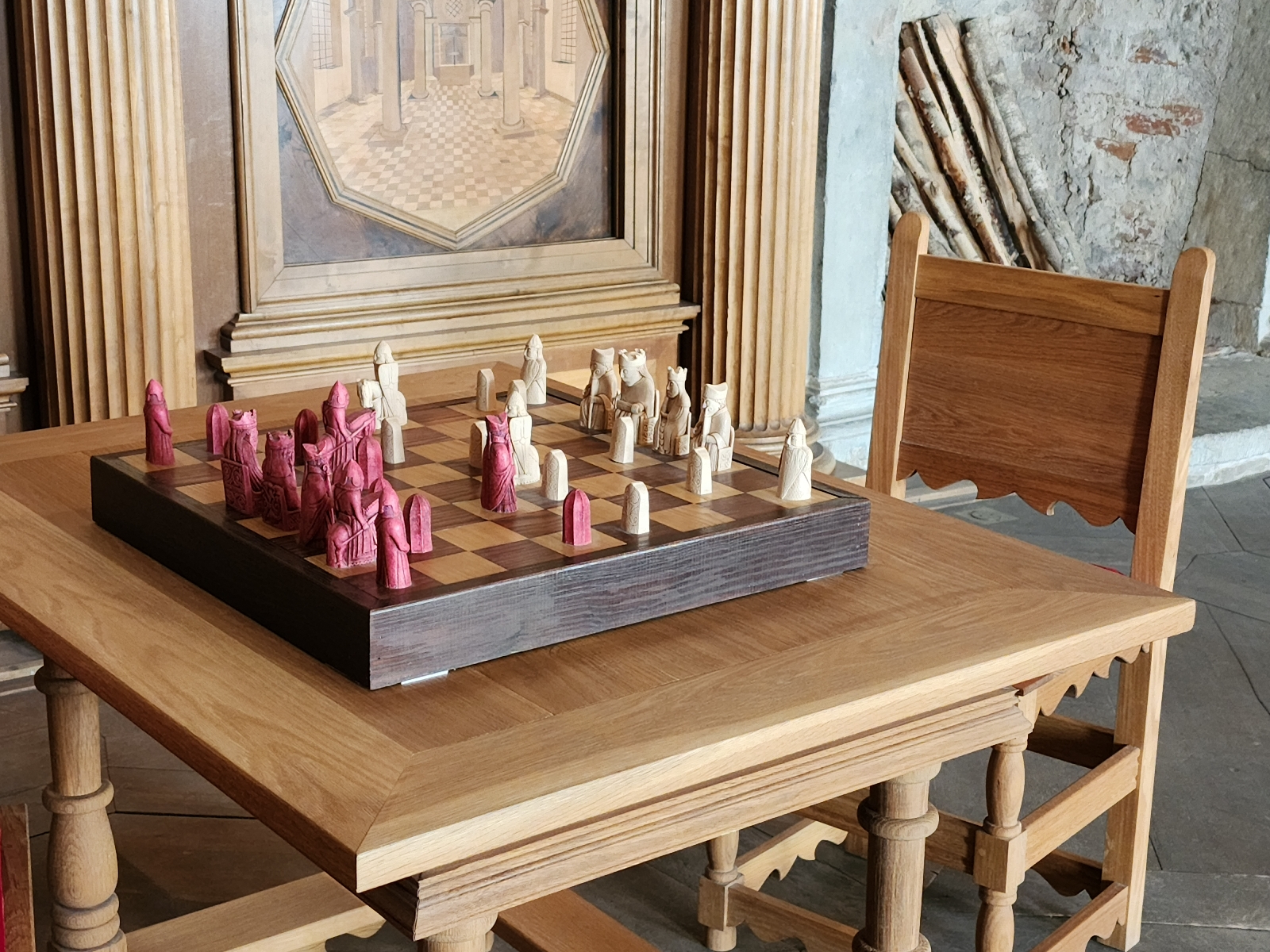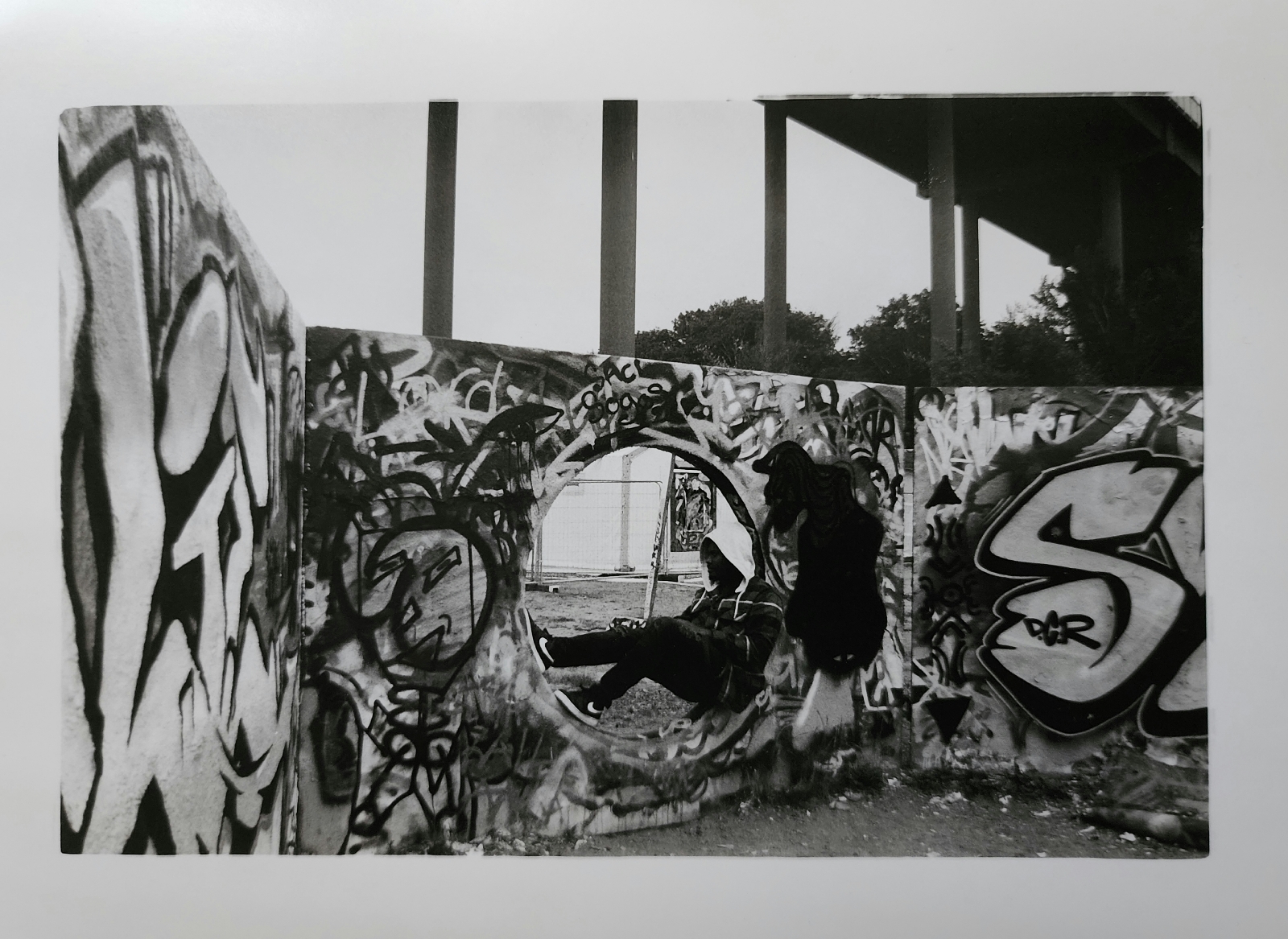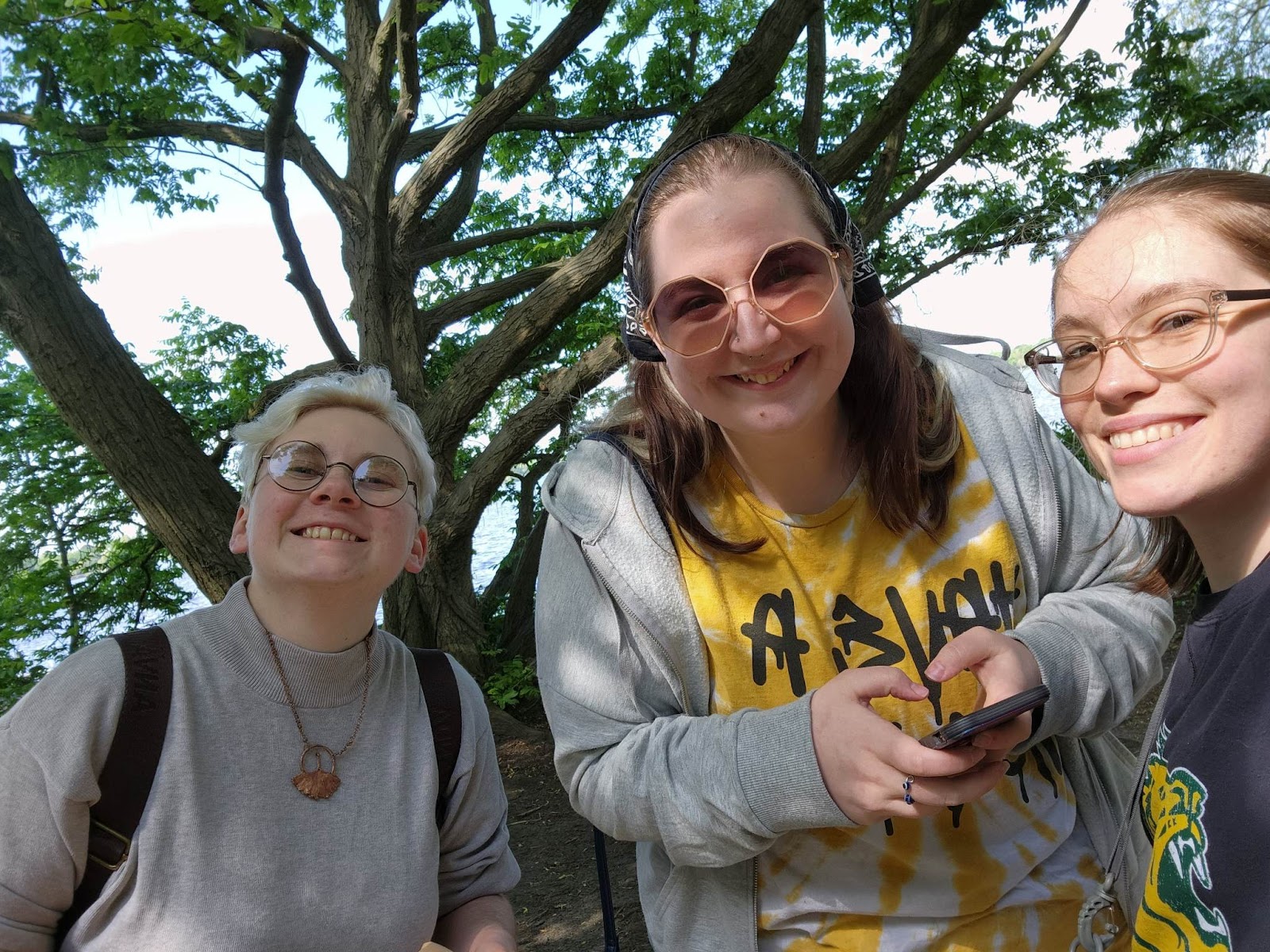Assignment #3 - Kalmar
Kalmar is a large city in Southeastern Sweden and was arguably Sweden's most important city between the 12th and 17th centuries due to its popularity as a bustling trading hub. Its many fortifications, including the Kalmar Castle found in the city's center, make it a popular tourist destination nowadays for those wanting to learn the city's history and walk the grounds. Though Kalmar was an established city sometime in the early 1200's, it was only officially brought into the Scandinavian Union in June 1397, and people had been living in the surrounding area for thousands of years beforehand, creating a rich history and distinct culture within the region.
Regarding the castle in particular, the Kalmar War is when the castle became incredibly important in the fight between the Danish and the Swedish. While the castle was surrendered to the Danes on August 3rd, 1611, it was later returned to the Swedish in 1613. Later on in 1658, the Danish border was moved to a more southern location, rendering the castle impractical and losing its strategical placement because the national border was suddenly much farther from Kalmar. As time went on, royal visits became more rare and its grand halls started being used for other purposes, like housing prisoners and distilling alcohol in the 18th and 19th centuries. By the mid-19th century, efforts were made for the castle's restoration and were continued up until the mid-20th century. Now, the majority of the castle that had once been rotting or fragmented has been repaired and is open to the public for viewing.
The castle has many rooms that include the King's and Queen's bedrooms respectfully, the cathedral, the dining hall, and the dungeon just to name a few. There is also a courtyard with a well which was once used to gather water, but is now out of commission. Currently, the cathedral is available to be booked for weddings and other special occasions, which I only found out because one happened not even an hour after we arrived.
Not only that, sections of the castle have been reinstated as gallery space for art exhibitions, including their current showings of short, videographic documentaries on impressionistic artists like Monet and Van Gogh. I found this experience mesmerizing as the works of art danced across the strategically placed walls in time with the classical music that bellowed from all around us. Various quotes from other impressionistic artists like Paul Cezanne and Edgar Degas peppered the space as their work flashed across their projected screens.
Other exhibits within the castle are more tactile in nature, such as one showcase on fashion in the Medici period and another regarding the innovative inventions created by Leonardo Da Vinci. Miscellaneous oil paintings by various artists were also scattered across the walls near the ceilings in many of the rooms.
While the interior was painstakingly restored over a period of nearly one hundred years, the external walls were not as lucky. Cannonballs fired from enemy ships are still stuck in the outside walls to this day, and etched graffiti is carved around the outer pillars of the castle, giving a light ombre color to the bottoms of the columns surrounding the castle.
Kalmar Castle is a symbol for Kalmar itself, and its history features more than just fierce battles and fiery sieges. The castle was also a place of political intrigue, and is now somewhere people can visit to learn more about the illustrious city of Kalmar. The castle beckons visitors from across the globe to study its history and appreciate the arts along the way.
Honestly about to cavort in this castle,
Eli Goodwin













Comments
Post a Comment